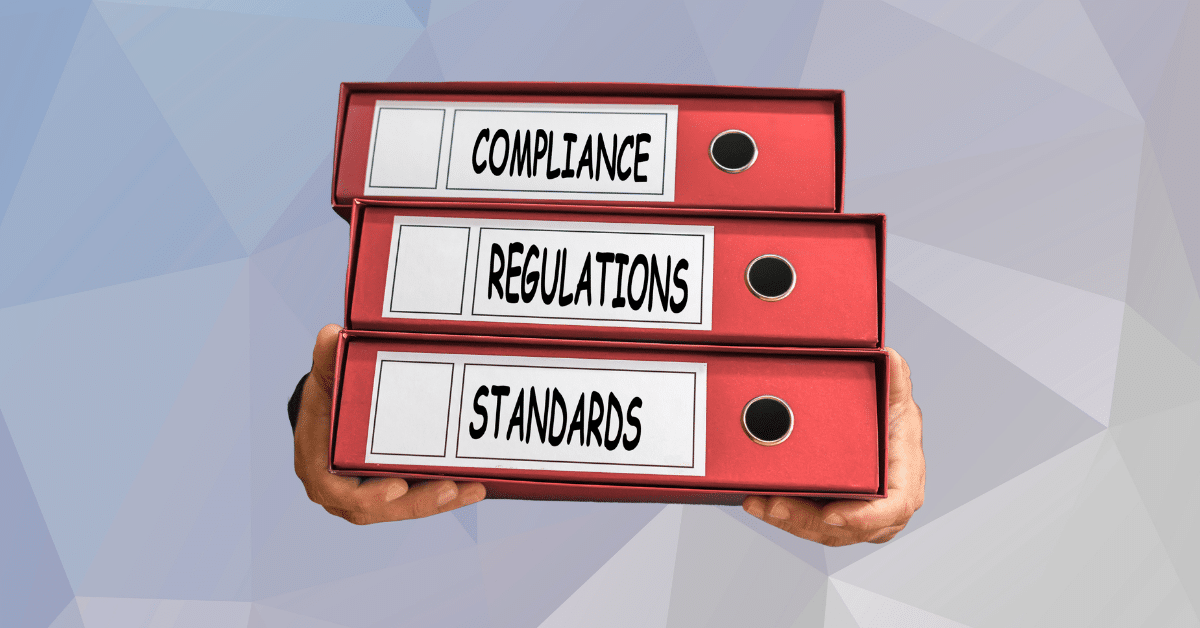A few years back, an HR director told me how her inbox lit up after opening a new store in Connecticut: “Who needs training by when? What counts as interactive? What about our folks in New York City who only work weekends?” That scramble is typical. Sexual harassment laws are state-driven, rules shift over time, and multi-state teams need a plan that’s both compliant and genuinely helpful for people. This guide outlines where training is required, what it entails, and how to develop effective sexual harassment training that actually changes behavior—not just checks a box.
Mandatory Sexual Harassment Training
Here’s the current snapshot of U.S. jurisdictions with statewide or citywide mandates that apply broadly to private employers, plus a few sector-specific rules. When in doubt, follow the stricter standard across your footprint and document everything.
States With Statewide Mandates (Most Private Employers)
California (employers with five or more employees). Train supervisors for 2 hours and non-supervisors for 1 hour; within 6 months of hire/promotion and every 2 years thereafter. Training must be interactive (either live or well-designed e-learning) and provided during paid time.
Connecticut (Time’s Up Act). All employers with three or more employees provide two hours of training to all employees; smaller employers typically train supervisors. New hires train within 6 months.
Delaware (DDEA as amended). Employers with 50 or more employees in Delaware provide interactive training to all employees every two years. Supervisors receive role-specific content within six months of becoming a supervisor, and then accept it biannually.
Illinois (IHRA). All Illinois employers are required to provide annual sexual harassment prevention training that meets state minimum standards (you may use the state’s model or your own program that meets the checklist).
Maine (26 M.R.S. §807). Employers with 15 or more employees train employees within one year of hire, including definitions, examples, complaint options, agency contacts, and anti-retaliation policies. Supervisors also receive additional training on their duties.
New York State (+ New York City overlay). NYS requires annual, interactive sexual harassment prevention training for all employers with at least one employee. NYC adds its own annual interactive training requirements for employers with 15 or more employees. One program can be designed to satisfy both when structured correctly.
Jurisdictions With Sector-Specific Mandates
District of Columbia (tipped workers). Restaurants and other employers of tipped workers provide sexual-harassment training to owners, managers, and employees; maintain records and certify compliance.
Washington State (isolated workers). Hotels, motels, retailers, security guard entities, and property services contractors employing isolated employees must adopt a policy, provide mandatory training to managers/supervisors/isolated employees, give resources to workers, and provide panic buttons.
Tip: If you operate in both New York State and NYC or in California and the District of Columbia, apply the stricter parts of each rule to reduce gaps across your workforce.
What Makes Training Work—Beyond Checking the Box
Laws tell you what to cover and how often. Culture shifts when people know how to speak up and what happens next. Here’s a practical blueprint you can apply in any state while meeting the legal floor.
Build A Program, Not Just A Course
- Run ongoing harassment prevention programs—not a one-time video. Stagger micro-modules, manager huddles, and campaign reminders throughout the year to ensure consistent progress.
- Pair your course with a clear, plain-English policy, multiple confidential reporting avenues, and a consistent investigation process.
- Track completions and follow-ups, then share topline trends with executives to keep attention and resources where they’re needed.
Set The Right Cadence
- New hires: Train within the timelines above (typically within 6 months; sooner is preferable).
- Promotions: Provide harassment training for supervisors, including realistic scenarios on early response, documentation, and non-retaliation.
- Refreshers: annual or biennial, depending on jurisdiction. Shorter, role-specific refreshers help retention.
Make It Interactive—and Memorable
- Use short stories drawn from your settings (office, retail floor, field teams) to illustrate gray areas like “jokes,” DMs, or off-site events.
- Include “what would you do?” branches, bystander options, and role-plays for difficult conversations. These techniques drive sexual harassment training workplace culture gains by nudging daily behavior, not just awareness.
- Offer accessible formats (including screen reader-friendly, captions, and mobile) so that nobody is left out.
Focus On Outcomes That Matter
Tie learning goals to measurable outcomes: faster reporting, faster resolution, fewer escalations, steady participation in refresher cycles, and improvement in psychological safety survey items. That’s where the real benefits of sexual harassment training appear: better retention, fewer claims, and more respectful teams.
Content Checklist (Use This Across States)
- Definitions and examples—including online/remote and third-party interactions.
- Protected categories under federal and state law.
- Clear policy summary with step-by-step reporting options (anonymous and named).
- Anti-retaliation rights and manager duties.
- Bystander options tailored to your environment.
- Documentation tips (objective notes, timestamping, where to send reports).
- Localized add-ons (NY: interactive requirement; CA: hour counts and cadence; DE: biennial; ME: supervisor content; DC/WA: sector-specific notes).
Training Timelines At A Glance
- Annual: New York State (all employers), New York City overlay (15+), Illinois (all employers).
- Every 2 Years: California (1 hr non-supervisors/2 hrs supervisors), Delaware (all employees + added supervisor content), specific sectoral requirements.
- Within 6 Months: California new hires/promotions; Connecticut new hires; Delaware supervisors (within 6 months).
- Within 1 Year of Hire: Maine employees; Delaware employees after a continuous-employment threshold.
How To Roll Out Multi-State Training Without The Headache
- Audit your footprint—map headcount by state and city, including temporary, intern, and part-time employees.
- Adopt the strictest rules and apply them across similar roles. This simplifies scheduling and reduces risk gaps.
- Localize where needed—for example, California’s hour counts and New York’s interactivity standard.
- Document everything. Keep date-stamped rosters, certificates, curricula, and acknowledgments for each jurisdiction, ensuring they are accurate and up-to-date.
- Coach leaders. A concise manager playbook and quick-reference scripts transform policy into practice—this is essential for harassment training of supervisors.
- Measure improvement. Track reporting timeliness, resolution times, and survey indicators tied to respect and trust.
Why This Matters Now
Charge volumes and headlines move fast, and employees expect companies to act before problems snowball. Training isn’t a cure-all, but paired with credible policies and follow-through, it’s a proven lever. When employees see real reporting options, consistent follow-up, and leaders who address problems promptly, harassment prevention training can lead to a healthier workplace culture.
Choosing Training That People Finish (And Remember)
- Make it job-relevant. Use scenarios from your world—busy Friday night shifts, remote Slack chats, customer escalations.
- Keep it short and layered. One core module, combined with quarterly touchpoints, outperforms a single marathon session.
- Support different audiences. Frontline, office, and leadership need different examples and decision trees.
- Provide clear next steps. Every learner should finish knowing who to contact, how to report, and what happens after they speak up.
- Close the loop. Share de-identified trends so employees see progress.
If You Operate In California
When your workforce includes employees in California, align your course with Government Code §12950.1 (timing, hours, interactivity) and offer it on paid time. If you want a ready-made option that meets state expectations, consider enrolling teams in a compliant Sexual Harassment in California training course. At the same time, you strengthen your internal policies and reporting flow.
FAQs
What does mandatory sexual harassment training include, and how is “interactive” defined?
When people ask what mandatory sexual harassment training must cover, they’re really asking if scenarios, reporting steps, and anti-retaliation rights are included—and whether it counts as “interactive.” States that require interactivity expect active participation, such as through knowledge checks, Q&A sessions, or branching scenarios. Cover definitions, examples (including remote settings), bystander options, manager duties, and how to report inside and outside the company.
How often is sexual harassment training required, and do new hires need to attend it immediately?
If your question is about cadence for sexual harassment training, here’s the short answer: some states require annual training (e.g., New York, Illinois); others set a two-year cycle (e.g., California, Delaware); certain states specify windows for new hires and promotions (often within 6 months). Keep a schedule, document completions, and store certificates for audits.
Do supervisors need different sexual harassment training content than other employees?
When leaders ask whether sexual harassment training should be tailored differently for supervisors, the answer is yes. Supervisor modules include early-response playbooks, documentation ‘dos and don’ts,’ routing, and non-retaliation obligations. Several jurisdictions specifically call for additional supervisor content or hours. Provide managers with practice in real-world conversations and follow-ups.
Does city law ever supersede or modify state sexual harassment training rules?
If you’re wondering whether city law changes sexual harassment training requirements, New York City is a classic example. NYC adds its own annual interactive training rules (for many employers) on top of statewide requirements. Many employers build a single program that satisfies both by meeting the stricter standard.
What records should we keep after sexual harassment training?
When teams request documentation for sexual harassment training, keep the roster, dates, curriculum/agenda, certificates, policy acknowledgments, and any attestations. Store them by location and role for easy retrieval. If a city or state requires certifications or recurring filings, add those due dates to your compliance calendar.


















